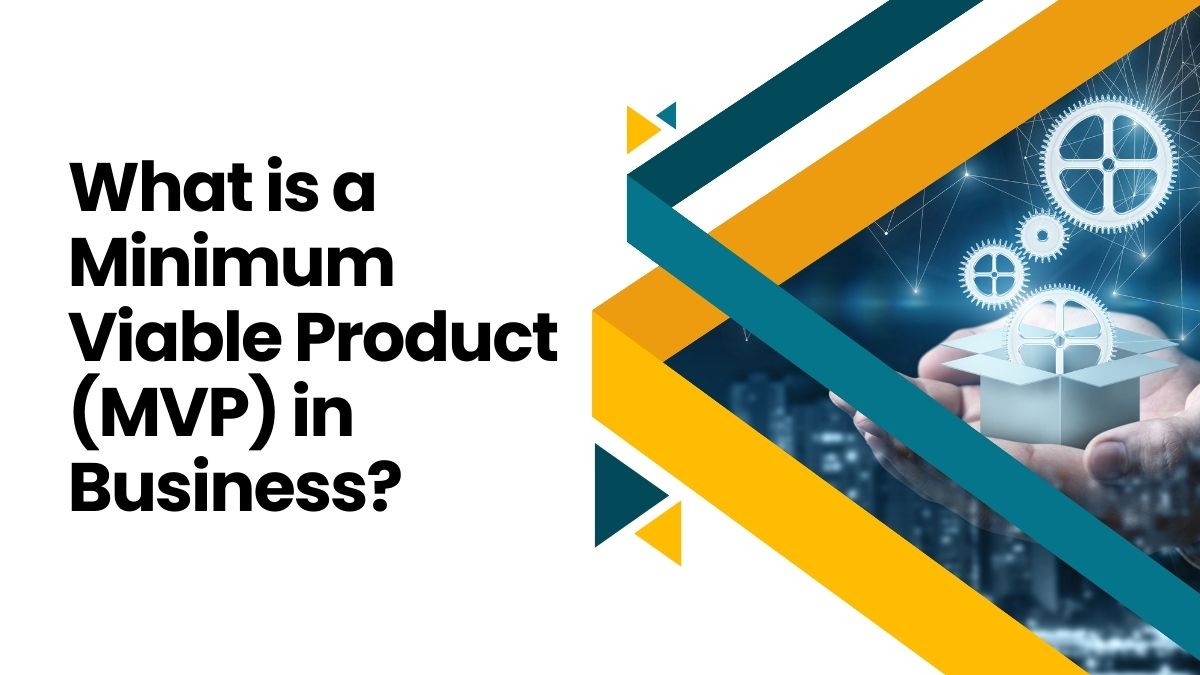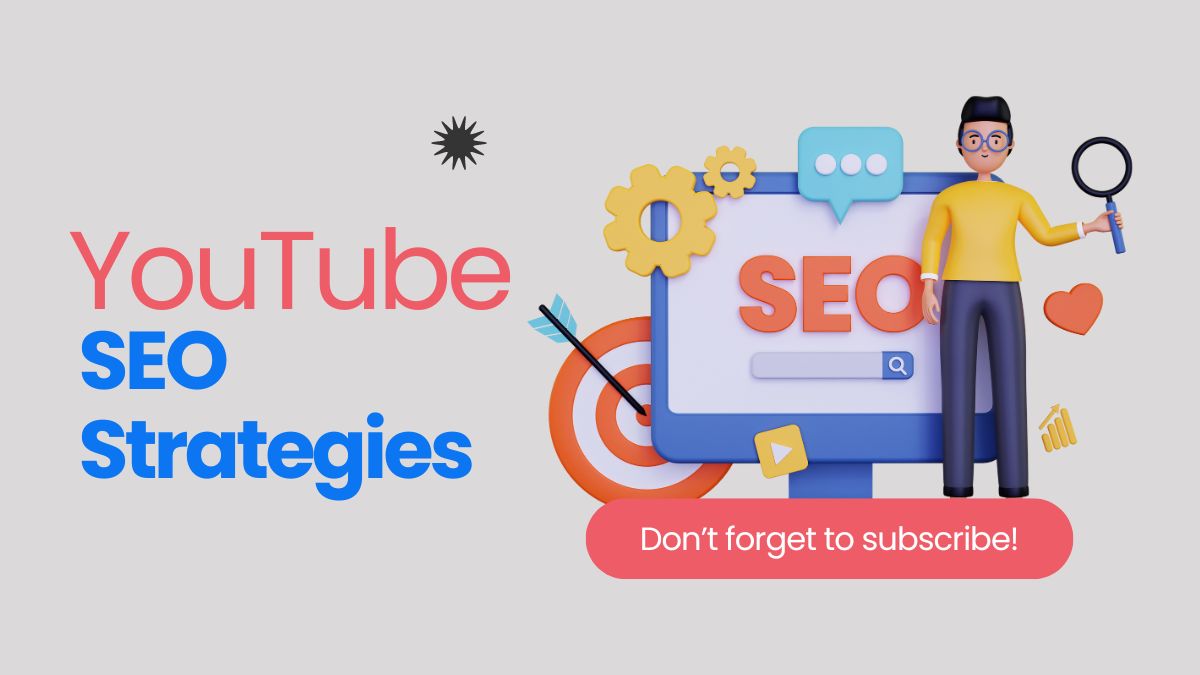Launching a new product can be tricky, and you want to get it right first. That’s where a minimum viable product (MVP) comes in.
It’s the simplest version of your product that still delivers value to users. By starting with just the essential features, you can test your idea in the real world, gather feedback, and improve without wasting resources.
A minimum viable product (MVP) is an initial version of a product that includes only its essential features, allowing it to meet the needs of early users. Let’s explore what an MVP is, its benefits, and how it fits within modern business strategies.
Understanding Minimum Viable Product (MVP) Meaning
A minimum viable product refers to the most basic product version that allows a company to gather maximum validated learning about customers with the least effort. In essence, it is a simplified prototype that serves the primary function but lacks all the bells and whistles of the final product.
The minimum viable product meaning is best understood as creating enough value to satisfy early adopters while providing a feedback loop for future product iterations.
Example: Imagine a startup developing a new mobile app. Rather than waiting months to release a polished version, they create an MVP with core features and release it to a small group of users. Based on the feedback from this version, they can iterate, improve, and release an enhanced version that meets the market’s demand.
What are the benefits of a minimum viable product (MVP)?
Launching an MVP offers several advantages, especially in the startup ecosystem and product management.
Here are some key benefits:
- Market Validation: An MVP helps businesses test whether their idea has demand without investing heavily.
- Cost Efficiency: Businesses save time and money by focusing only on core features.
- Early Customer Engagement: Companies can involve customers in product development, ensuring the final product meets their needs.
- Quick to Market: MVPs speed up getting a product to customers.
- Flexibility: The feedback loop lets businesses quickly pivot or refine their product strategy.
Examples of Minimum Viable Products
Many companies started with a minimum viable product before scaling to what they are today.
Let’s explore a few minimum viable product examples in business:
- Dropbox: Initially launched with a simple video explaining how the product works, Dropbox gathered feedback and gauged interest before developing the actual product.
- Airbnb: The company’s MVP was an essential website offering a simple room rental service. It expanded its platform to become a global phenomenon based on user feedback.
- Uber: Uber initially launched as a basic MVP, focusing solely on ride booking. Lacking many features we now take for granted, such as fare estimates and in-app tracking, the app prioritised collecting feedback from drivers and passengers. This valuable input allowed Uber to refine its services, ultimately growing its monthly active base to 131 million users.
These minimum viable product examples highlight how companies test assumptions before investing in agile product development.
Building an MVP: Key Steps
Let’s break down the process of creating a successful minimum-viable product:
| STEPS DESCRIPTIONS | ||
| Identify Market Needs | Conduct research to identify the primary problem your product aims to solve. | |
| Define Core Features | Focus on the essential features for your product to function and deliver customer value. | |
| Build the MVP | Develop a basic version with only the core functionalities. | |
| Launch & Gather Feedback | Release the MVP to a select group of users and gather. | |
| Iterate & Improve | Based on user feedback, make adjustments and improve the product for the next iteration. | |
Following these steps ensures that the MVP meets the market’s expectations and helps businesses avoid costly mistakes.
Common Pitfalls in Developing an MVP
While the MVP approach offers many advantages, companies can still make mistakes. Some common pitfalls to avoid include:
- Over-complicating the MVP: Remember, simplicity is key. Avoid the temptation to add too many features.
- Ignoring Customer Feedback: The whole purpose of an MVP is to gather feedback and refine the product. Ignoring this step can result in a failed product launch.
How MVP Fits into Product Management?
The MVP concept is integral to modern product management courses, and mastering this strategy is essential for product managers. It is about building a basic version, understanding market needs, and refining products iteratively.
Product management courses often include modules that focus on MVPs, teaching students how to:
- Define the core features for early versions.
- Develop customer feedback mechanisms.
- Implement data-driven decisions for product evolution.
Conclusion: Kickstart Your Career with the Professional Certificate in Product Management
Understanding the meaning of minimum viable products is crucial for anyone involved in product development or management. By focusing on creating an MVP, companies can validate ideas, minimise risks, and engage customers early in the process.
The Professional Certificate in Product Management by Imarticus Learning, in collaboration with CEC and IIT Roorkee, is for young professionals eager to kickstart their careers in product management.
This comprehensive 5-month live course covers the entire product lifecycle—from development to positioning, pricing, and deployment. With IIT Roorkee’s esteemed faculty and cutting-edge curriculum, learners will gain essential skills in product roadmap creation.
Enrol today and start building your future in product management!




